
Writer Kassondra Cloos has been to Utah too many times to count. And she still wants to go back for more. Why? The myriad outdoor adventures. According to her, it’s one of the best regions if want to hike, bike and ski—all on the same trip.

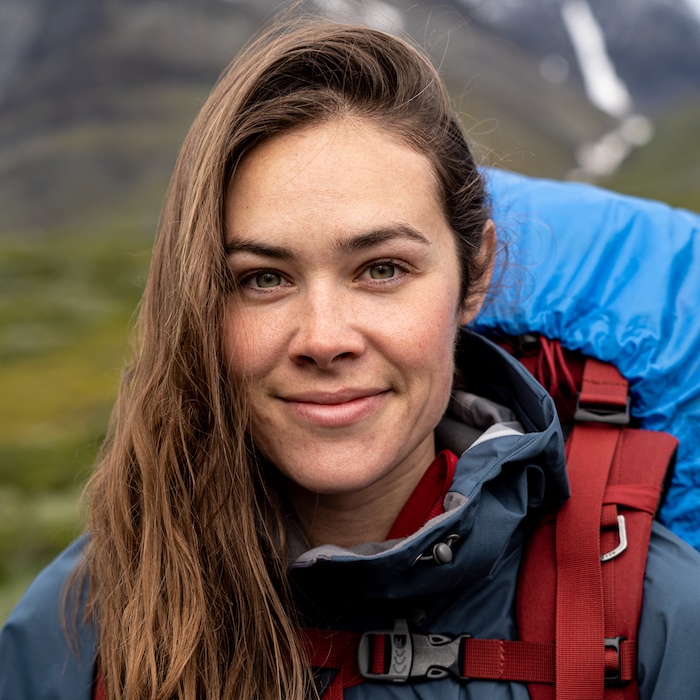
Writer Kassondra Cloos has been to Utah too many times to count. And she still wants to go back for more. Why? The myriad outdoor adventures. According to her, it’s one of the best regions if want to hike, bike and ski—all on the same trip.
Shooting stars are always cool, but I’ve never seen anything like the one I saw outside of Moab, Utah. I was camping with a big group of girlfriends and we were chatting under the Milky Way when a bigger, brighter star seemed to fall out of the sky. It lasted for seconds—ages, for such a celestial sighting—long enough that we all had time to gawk.
Every time I’ve been to Utah, there’s been an outdoor showstopper like this. Sunsets and sunrises etched into memory; landscapes so colorful they look photoshopped, from the dramatic red rocks in the south to lush green alpine scenery in the north; and natural rock bridges that seem to defy the very nature of physics.
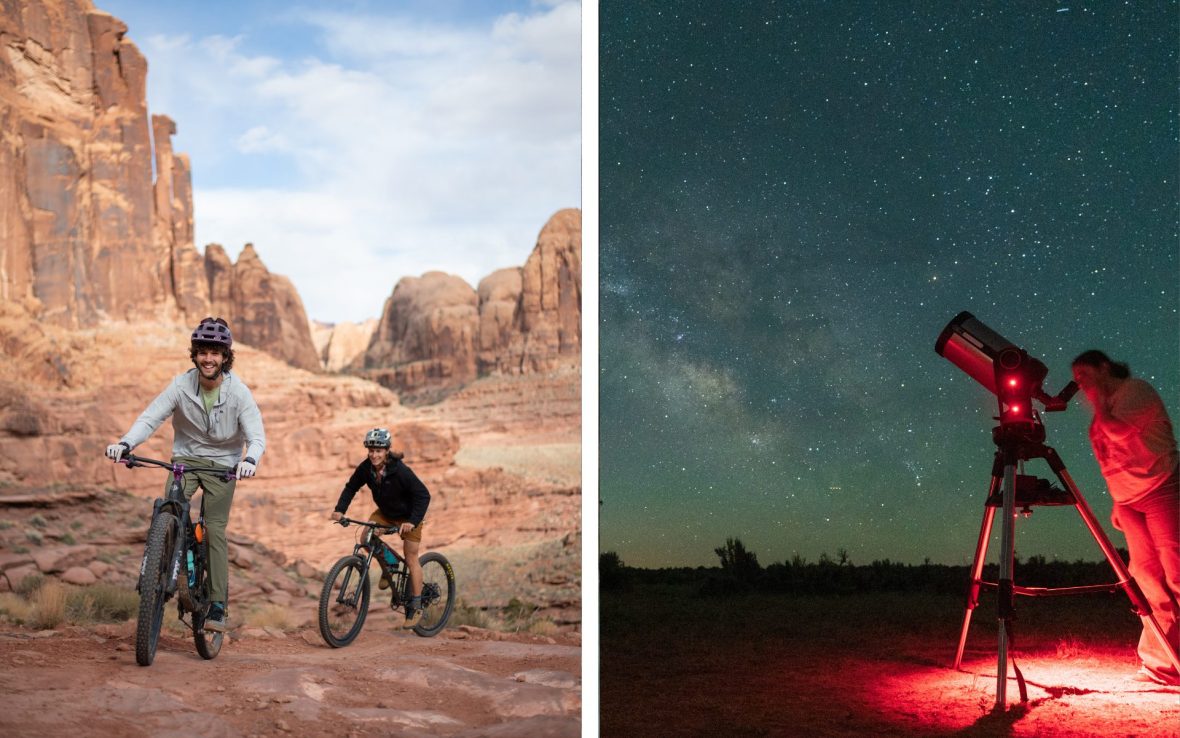
I mean, it’s no wonder—Utah is home to over 46 State Parks, 26 Dark Sky Parks, The Mighty Five National Parks®, and The Greatest Snow on Earth®. The south, around Kanab, is a land of dark skies and pink sands. The east, near Moab, inspires resolutions—to push your limits and bring home new confidence for all your pursuits. And the Rockies, around Park City? An après-ski experience so good it might ruin you for Europe.
There’s a reason I keep being pulled back to Utah. Yes, they’ve got some of the US’s best diners and most beloved drives, but it’s the outdoor scene for me. If you like to hike, bike or ski (or all three!) these are the regions I’d recommend for your next Utah road trip:
This isn’t the sort of place you ‘do’ in a weekend. Allow time. This pocket of Utah is an endless wonder, and the more you see the deeper you’ll go. And the longer you’ll want to stay.
Moab may be most well-known for its red rock landscapes, but the towering formations aren’t even its best feature. The thing about Moab is you can visit intending to see Arches or Canyonlands—two of America’s most famous National Parks, both just minutes from the main town—and yet you’ll leave determined to learn how to mountain bike.
Then, when you come back (and you will come back) you can tackle the 100-mile (160 kilometer) White Rim Road, which loops around the Island in the Sky district of Canyonlands, where you could be forgiven for mistaking the mesa’s sheer, 1,000-foot (305-meter) dropoff as the edge of the Earth.
“The trails are simply more diverse than anywhere else,” says Mark Sevenoff, who co-owns Western Spirit Cycling Adventures with his wife, Ashley Korenblat. “From surfing on a moonscape of sandstone on the world famous Slickrock Trail to the utter diversity of The Whole Enchilada where you ride from high alpine through multiple ecosystems all the way down to the Colorado River… there’s something for everyone. I often call it the Chamonix of the Southwest.”
And I agree with Sevenoff. There really is something for everyone here. I don’t think I’ve ever done the same thing twice. I’ve hiked to iconic rock formations and the lesser-known (and quieter) canyons beyond; I’ve cheered on a friend as she crossed the finish line for a desert ultramarathon; and pulled up to stunning, secluded camp sites with enough open space for two trucks, three cars, a van and six tents. Unheard of in other parts of the country.
But a word of advice from a Moab convert? This isn’t the sort of place you ‘do’ in a weekend. Allow time. This pocket of Utah is an endless wonder, and the more you see the deeper you’ll go. And the longer you’ll want to stay.
Eat to recharge: The Moab Diner serves up all the classics with a retro Americana ambiance. Think red vinyl seats, French toast with maple syrup, and tall milkshakes—just like you’ve seen in the movies. And yes, the coffee is bottomless.
Best road trip route: Take the Upper Colorado River Scenic Byway for a dramatic drive through red rock country and a narrow gorge. There’s no shortage of hikes or campsites along the way, including the mind-boggling—and relatively secret—Morning Glory Natural Bridge, which spans 243 feet/74 meters.
Don’t miss experience: For a major adrenaline rush, take the high road with Elevate Outdoors—or, rather, the high line. Pro highliner Faith Dickey was the first to start a highline guiding business in the US, and there’s nowhere better than crossing a Moab canyon for the thrill.
Park City is no ordinary ski town. It’s home to the largest ski area in the US; it’s only a 35-minute drive from Salt Lake City International Airport; it’s got free public transport; and the region’s ski resorts are all almost entirely powered by solar. Incredible.
But let’s talk about the parks themselves. Park City Mountain has over 7,300 acres of skiable and snowboardable terrain, and a brand new 6,500 foot gondola for easy access to and from the slopes. Then there’s Deer Valley. The ski-only luxury resort is currently undergoing an expansion that will more than double the resort’s terrain and will see over 100 new ski runs and seven new lifts, including a 10 passenger gondola, opening this coming winter season.
I haven’t yet skied Park City myself, but I’m eager to kick and glide my way around the Nordic trails. There are over 40 miles (70 kilometers) of groomed trails around town, with stunning Wasatch mountain views.
My first trip to Utah was 10 years ago on a family holiday where we drove a massive, 1,500-mile National Parks road trip spanning four states. I remember feeling enveloped by the expansive canyons.
In summer, the ski lifts grant you access to some of the country’s best hiking and mountain biking. And every day of the year, you can eat like a master chef. Just recently, a new French Quarter has started to define Park City’s downtown restaurant scene.
“The French Quarter thing just came about organically,” says Galen Zamarra, a James-Beard award-winning chef from local restaurant Le Depot Brasserie. A pétanque (French ball game) court has reopened, and there are two other French restaurants in close proximity: Union Patisserie and Courchevel Bistro. “This summer, we hosted two big French Holidays, Bastille Day and Fete de la Musique,” Zamarra tells me. “We get thanked daily by locals that have missed it. There is a long history we are happy to continue.”
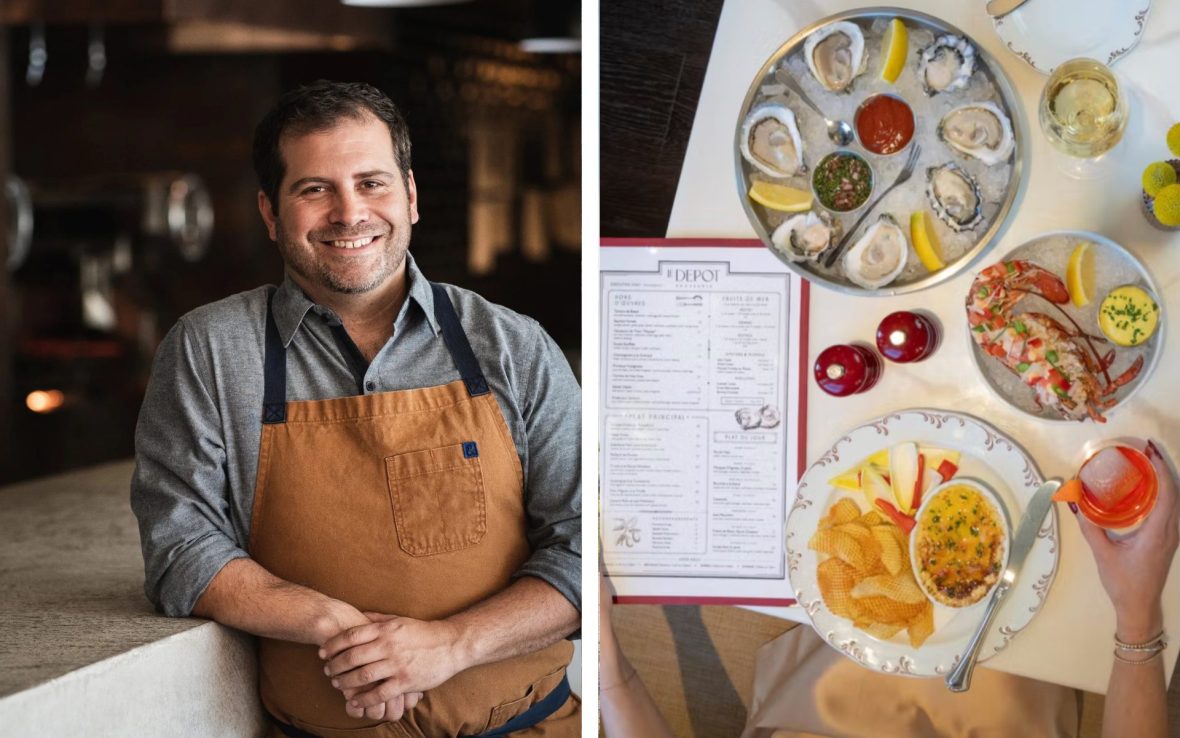
Le Depot, the neighborhood’s newest restaurant, is situated in an old train station built in 1886. Before Zamarra took over, Robert Redford owned a restaurant at the site for a decade.
In the last few years, Park City has seriously elevated its culinary scene, Zamarra says. “I think that’s where Park City stands out,” he says. “We offer more than simply good food—we build experiences around the food.”
The experience I’ll be coming back for? Bluebird days at Deer Valley, fresh pow and an après-ski session at Le Depot. Steak frites, extra frites.
Eat to recharge: Zamarra suggests vintage bar Sticky Wicket for drinks and hearty comfort food. Matilda’s for a casual night over sourdough pizza. For something truly special, splurge on an evening at WildKitchen at the Lodge at Blue Sky for an outdoor dining experience designed by filmmaker Guy Ritchie. A rotating cast of award-winning chefs turns the Wasatch Mountains into their outdoor kitchen, cooking local trout, elk loin, and veggies over flame.
Best road trip route: Drive through the High Uintas, Utah’s tallest mountains, on the Mirror Lake Scenic Byway, which will take you over 10,715 feet (3,266 meters) above sea level. Along this 42-mile (68-kilometer) route, you’ll find trails for hikes, bikes, and horses, plus ample swimming, paddlesports, fly fishing, and camping. Check the road conditions before heading out, as heavy snow can close the highway.
Don’t miss experience: Wetlands are rare in Utah, and birds, well, flock to them. Drop by the Swaner Preserve and Eco-Center to spot some of the 170-plus bird species often seen on site, including Peregrine falcons, great horned owls, osprey, golden eagles, and the red-breasted nuthatch.
My first trip to Utah was 10 years ago on a family holiday where we drove a massive, 1,500-mile (2,415-kilometer) National Parks road trip spanning four states. I remember feeling enveloped by the expansive canyons of Grand Staircase-Escalante National Monument as our rental SUV winded its way south toward Kanab. We were from small cities in America’s smallest state—Rhode Island—and it felt like Utah had redefined scale.
Kanab itself is a charming gateway town to some of the wildest terrain in the US. Hunker down here and you’ll be just 30 minutes drive from Coral Pink Sand Dunes State Park, and 90 minutes from Bryce Canyon National Park, Zion National Park, and Vermillion Cliffs—where the hike to the multi-colored sandstone ‘Wave’ is so popular, it can take years of trying your luck to land a permit.
No matter how many hundreds of miles I drive around the Utah, I am always astonished by something new—be it a corner I’ve never visited or a perspective I hadn’t yet considered. This place may be ancient, but it never gets old. There’s just too much to do here.
One minute you’re trying to wrap your mind around the hoodoos (jagged rock columns) of Bryce Canyon, then less than an hour later you’re driving through low-hanging clouds clinging to the pines in Dixie National Forest. When my family spent a day hiking at Zion, I was mesmerized by the ‘tears’ of the Weeping Rock, where water seeps out from an overhang, creating a curtain of mist and droplets.
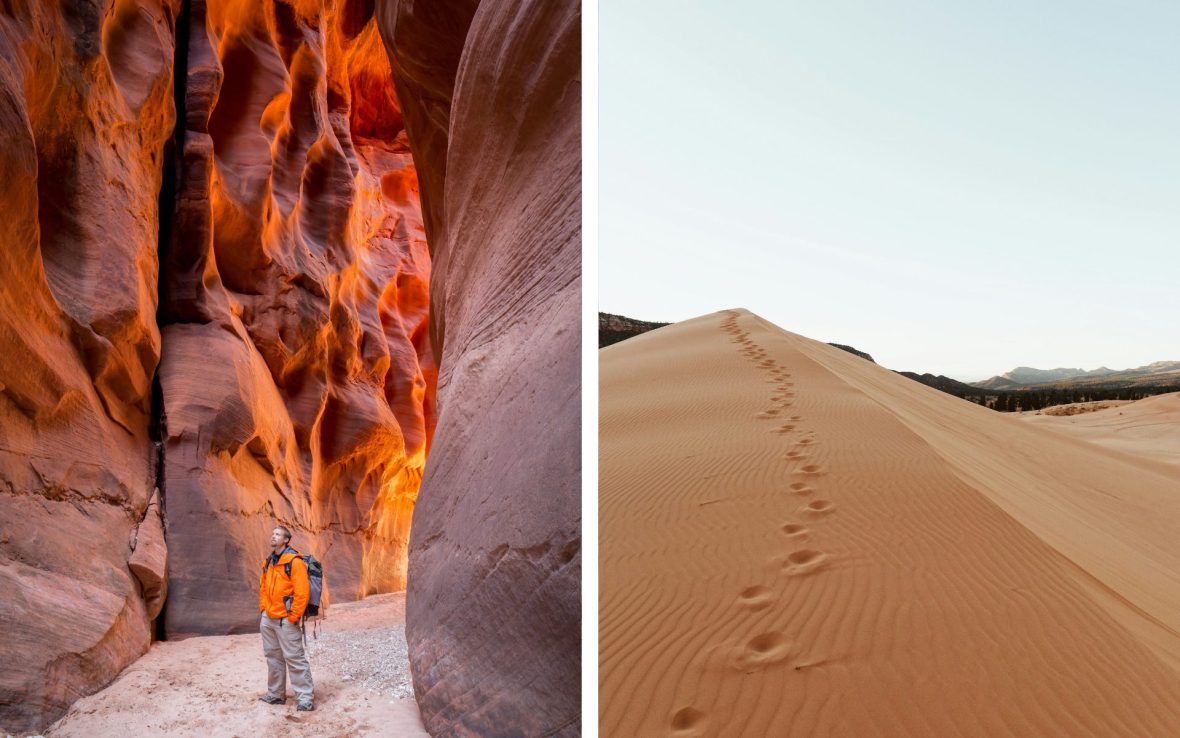
The biggest mistake we made? We left far too little time to hike nearby state parks, which are just as epic but far less crowded than those with ‘National’ acclaim. I recommend adding Kanab’s Toadstool Hoodoos Trail to your list for an easy hike out to some freaky fungi formations, and Dinosaur Tracks Trail for any wannabe paleontologists. This moderate but rocky hike will take you to some incredible dinosaur fossil tracks that are over 185 million years old.
If you’re down for serious trekking, nab a permit for the Buckskin Gulch/Wire Pass Trail, this combination hike leads out to one of the longest and deepest slot canyons in the Southwest—a truly unique subterranean adventure.
Eat to recharge: Escobar’s Mexican Restaurant serves up hearty tacos and burritos in generous portions. Family-owned and operated, it’s a long-time favorite of local hikers and climbers—you’ll really get the goods here.
Best road trip route: A drive along Highway 12 Scenic Byway is more than just a pretty route between Bryce Canyon, Grand Staircase-Escalante, and Capitol Reef National Park. It’s the sort of journey that is a destination. With cliff-hugging hairpin turns, manmade arches tunneling through red rock, and dramatic shifts from desert to aspen forest, it’s worth it.
Don’t miss experience: Utah is known for its dark skies, but few sites rival the sheer fun of Coral Pink Sand Dunes State Park. Make a whole day out of it by starting well before sunset with a hike up the dunes and a quick sled back down to the base. Then, take a tour with S’mores and Stars to ride UTVs deep into the dunes, where the ever-shifting landscape provides a unique backdrop for astrophotography. Bonus? You’ll get to warm up with a gooey s’more—the graham cracker, chocolate, and roasted marshmallow sandwich that’s been at the heart of the American outdoor experience for over 100 years.
It’s hard to single out one favorite thing about Utah—that’s why a road trip is always a good bet. Still keen for more Utah? You can link the Moab, Kanab and Park City regions with stops for fossil-hunting (hello Dinosaur National Monument), rafting and fishing at Flaming Gorge, hoodoo exploring at Goblin Valley State Park, or a spot of relaxing after all the adventuring at Mystic Hot Springs.
No matter how many hundreds of miles I drive around the Utah, I am always astonished by something new—be it a corner I’ve never visited or a perspective I hadn’t yet considered. This place may be ancient, but it never gets old. There’s just too much to do here.
Learn more about other-worldly outdoor adventures at Visit Utah.
****
A note on partnership content:
Adventure.com acknowledges the complexity and challenges of travel in the context of our global climate crisis. This article is part of Adventure.com’s paid partnerships program, which enables us to continue publishing stories about a more regenerative and sustainable future of travel by helping to make out platform commercially viable. Adventure.com only partners with brands and products that align with our ethical and editorial standards, and our vision for a future of travel built around lower emissions, deeper connection and more resilient communities.

Kassondra Cloos is a travel journalist from Rhode Island living in London, and Adventure.com's news and gear writer. Her work focuses on slow travel, urban outdoor spaces and human-powered adventure. She has written about kayaking across Scotland, dog sledding in Sweden and road tripping around Mexico. Her latest work appears in The Guardian, Backpacker and Outside, and she is currently section-hiking the 2,795-mile England Coast Path.
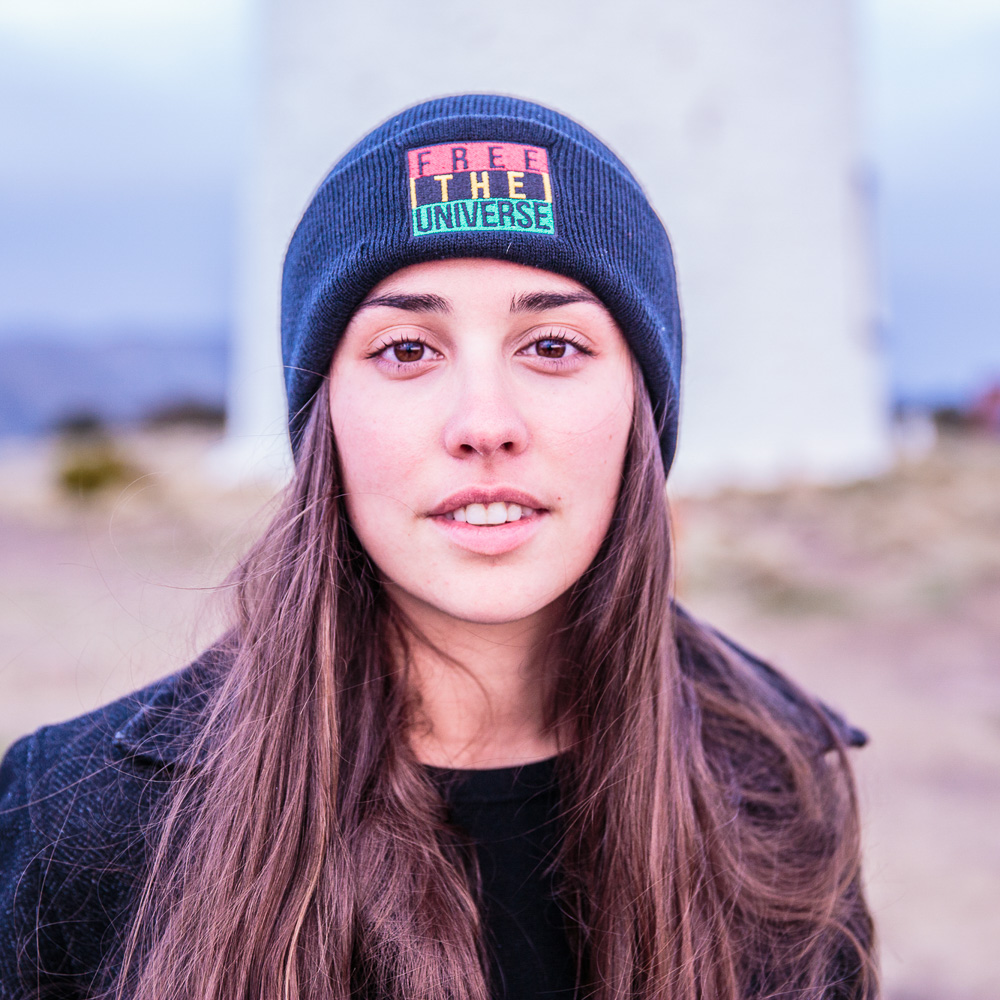







Can't find what you're looking for? Try using these tags: